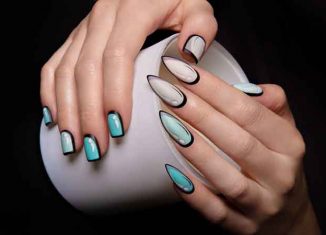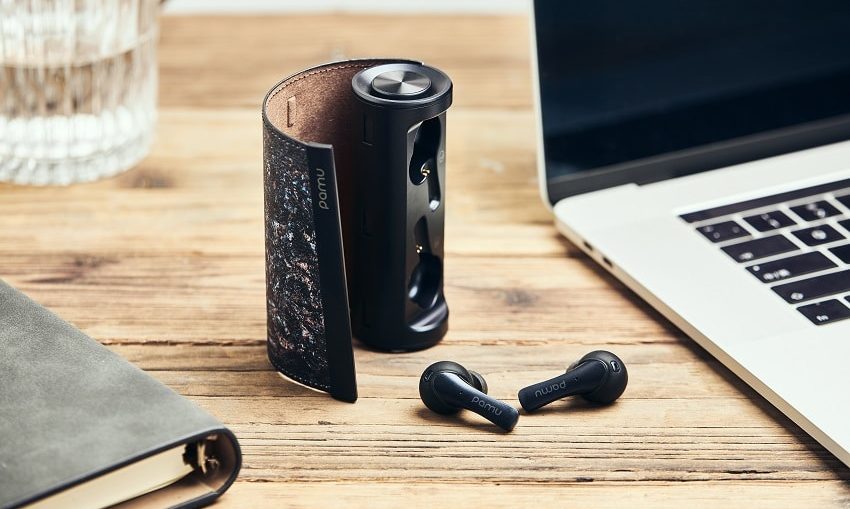
The following TWS-earphones from the Pamu brand came, sports and with a claim to style. The main claims are connected with it, but first things first.
Characteristics
- Model: Pamu Unique
- Resistance: 16 Ω
- Wireless Protocol: Bluetooth 5.0
- Profiles: A2DP , AVRCP , HFP , HSP
- Codecs: AptX , SBC , AAC
- Talk Noise Reduction Qualcomm CvC 8.0
- Effective distance: 10 meters
- Chip: Qualcomm QCC3020
- Battery: 85 mAh in each earphone, 400 mAh in a case.
- Autonomous work: 10 hours on one charge, up to two full charges from a case
- Water resistant : IPX6 (splashproof)
- Weight: 7.1 g per headphone
- Dimensions: 37.5x26x19.5 mm (earphone), 37×96 mm (case)
- Case Charging Connector: Type-C
- Included: case, headphones, 4 interchangeable sets of silicone earpads, Type-C cable, case, three interchangeable ear pads; optional wireless charging module
- LDS Antenna
- Price: $ 89 on the official website (non-affiliate link)
Appearance
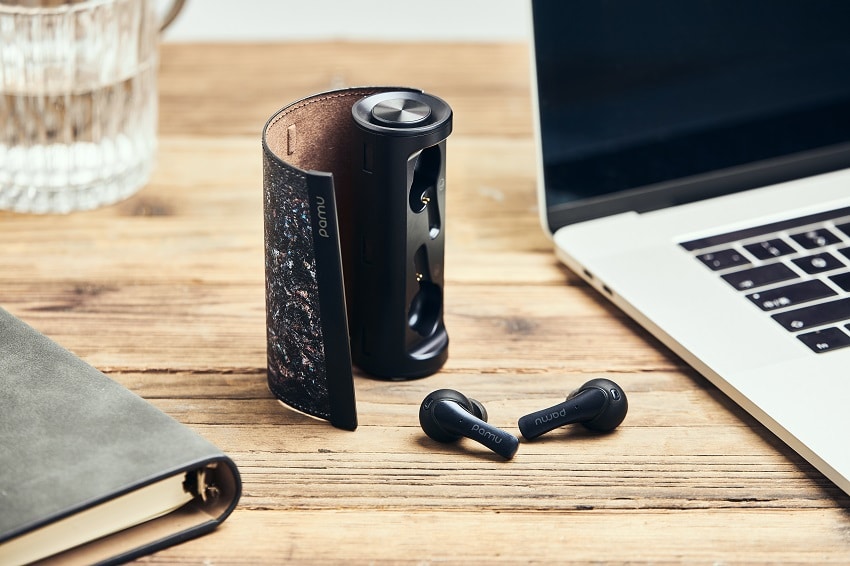
Packaging
To begin with, there were two disposable masks in the package with the headphones. By the way, it’s the spring of 2020, around COVID-19, and I just needed to go to the traffic police: they don’t let me go without a mask, I don’t buy in pharmacies. In short, respect to the seller.
In addition, the package included:
- Headphone box
- Case Cover Box
- Box with adapter for wireless charging
The headphones are packed in a cubic box with a white cover and black inside. It is very difficult to take out carefully, everything is tightly fitted to each other. There was a desire to break everything, but I tried to control myself for you, readers.
The box is displayed on the sides.
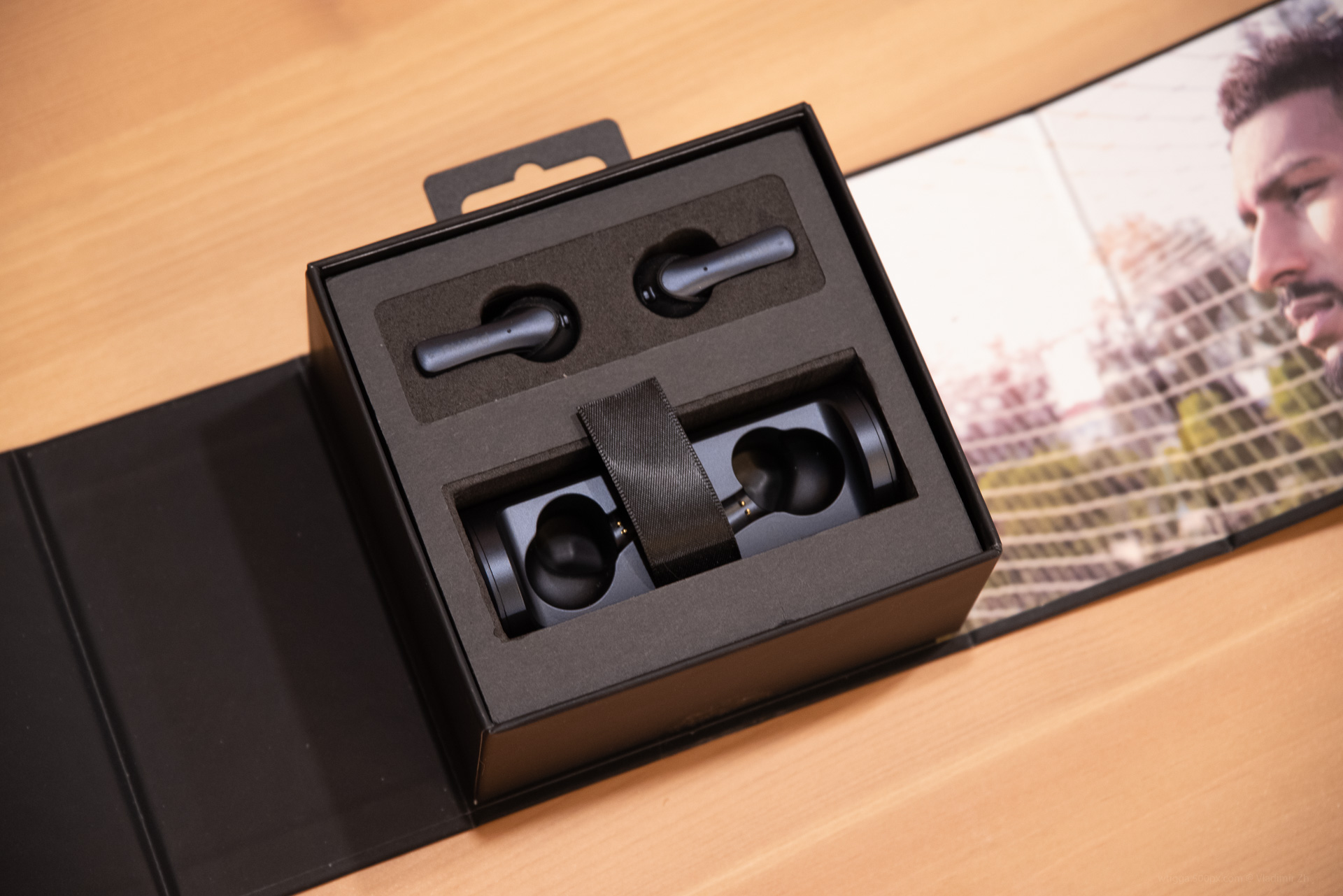
On the left we see a short instruction in Chinese and English. On the right we see a pensive musician named Julian Quander – he lives in Xiamen, has an Instagram account and sells his face in an advertisement for Padmate headphones.
In the box are:

Case
The headphone storage box is a cylinder very similar to a portable Bluetooth speaker.
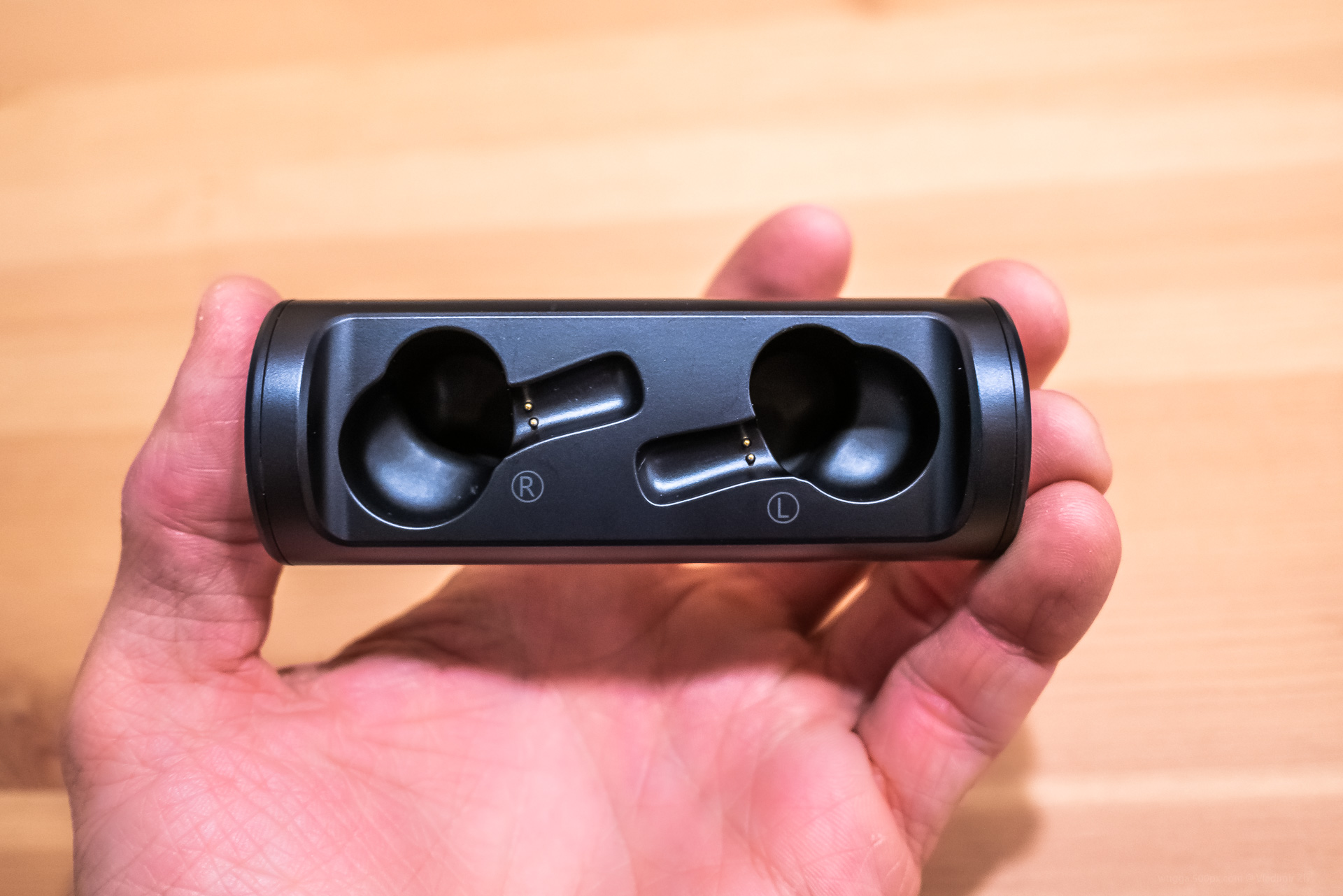
On the left side is a Type-C connector for charging.
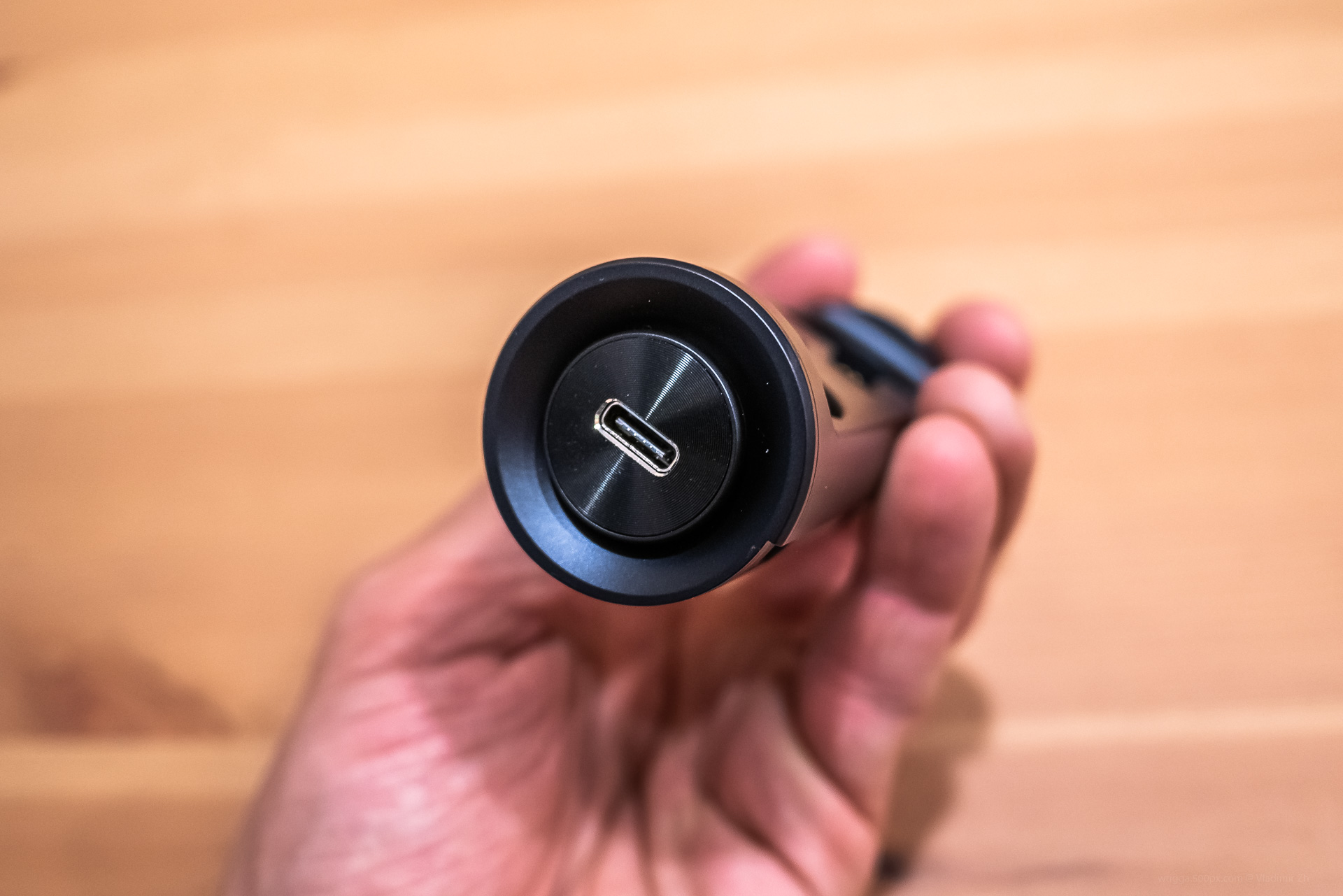
On the right side, nothing is visible, but deep under the plastic there is a white LED.
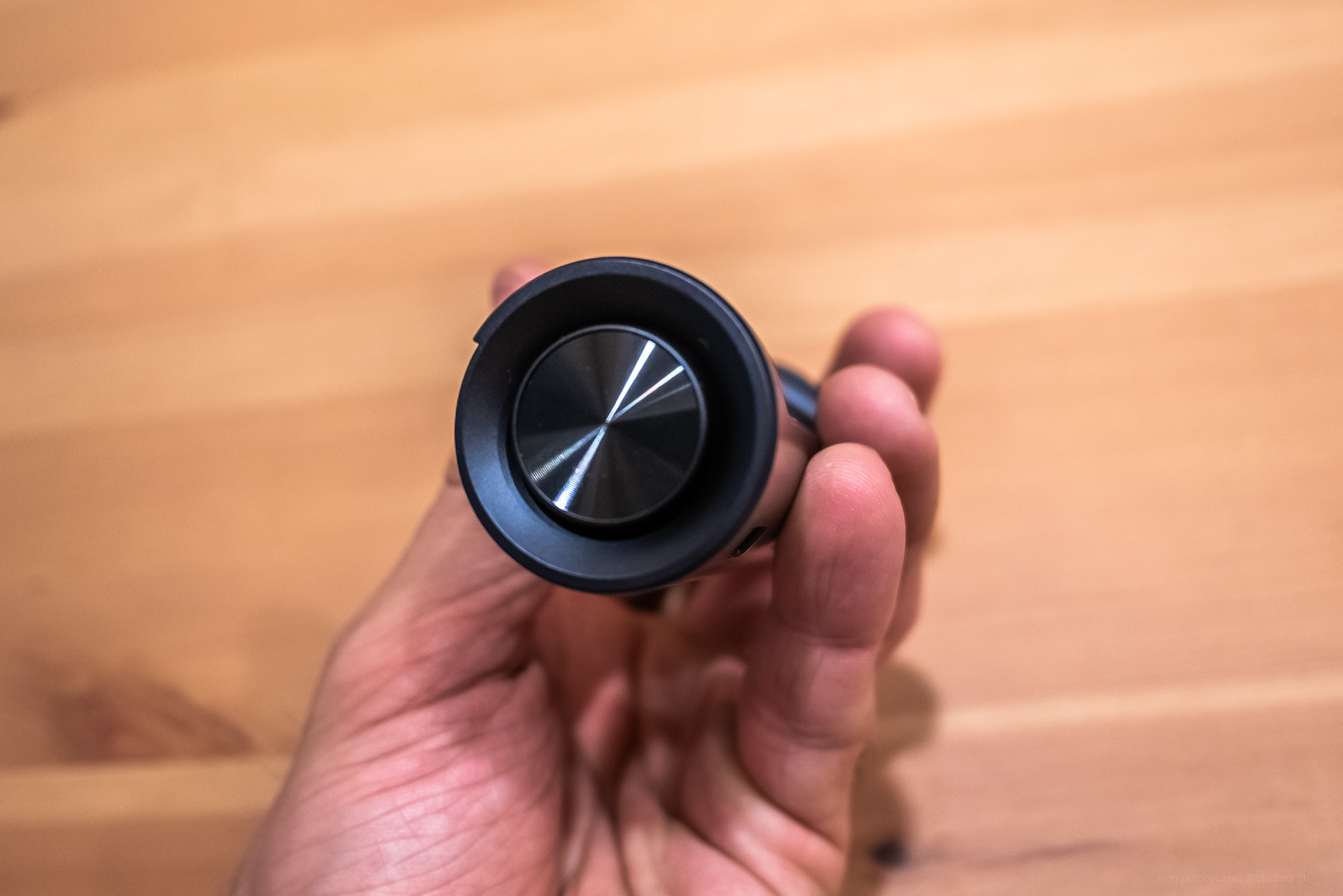
On the conditional front and rear ends there are three recesses for attaching the cover, about them below.
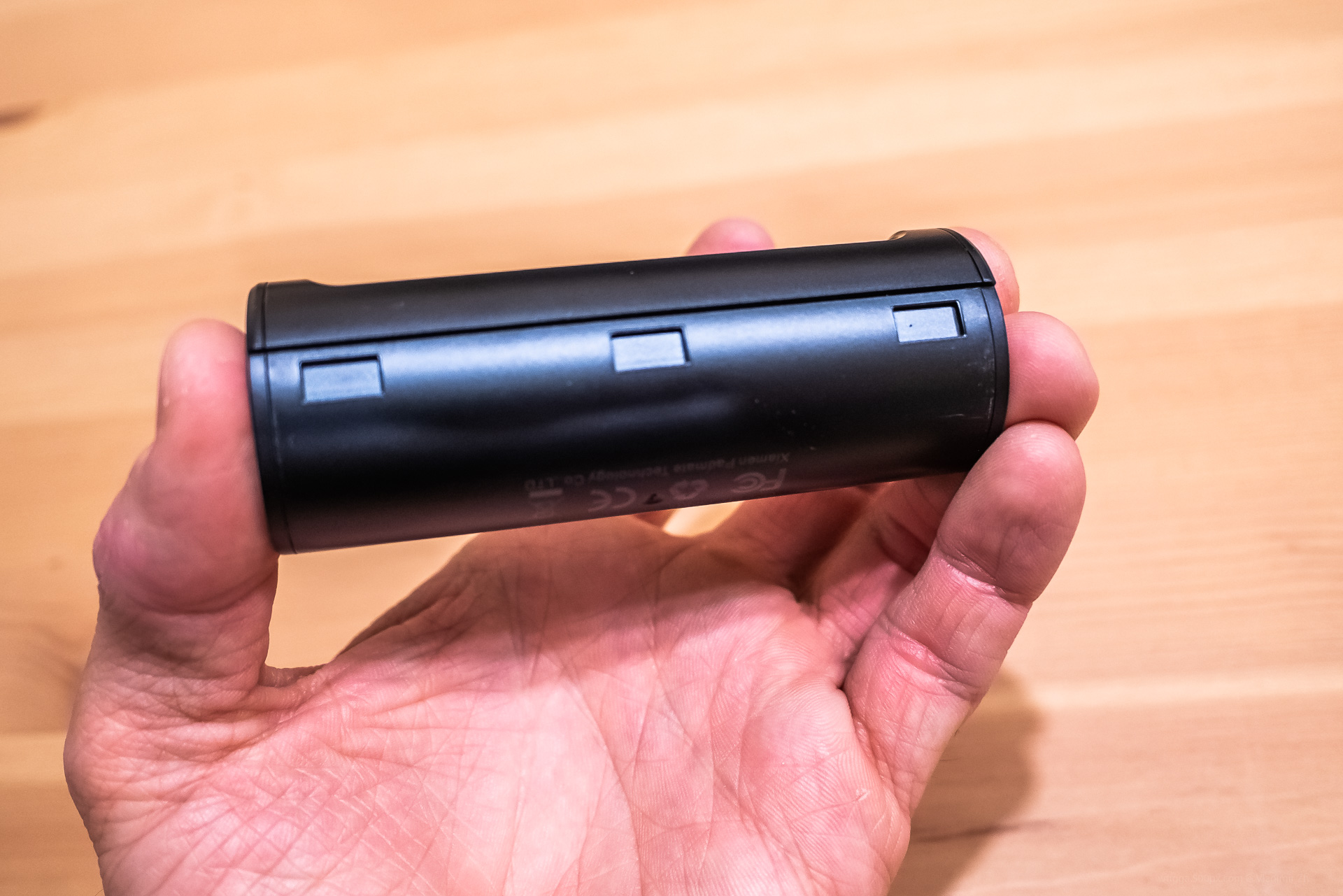
On the top there are two grooves for inserting headphones. Here, the designers had the first glitch: the right earphone is inserted into the left groove, the left earphone into the right. They are even signed with the letters R and L. Why is it done so unintuitively, unclear.
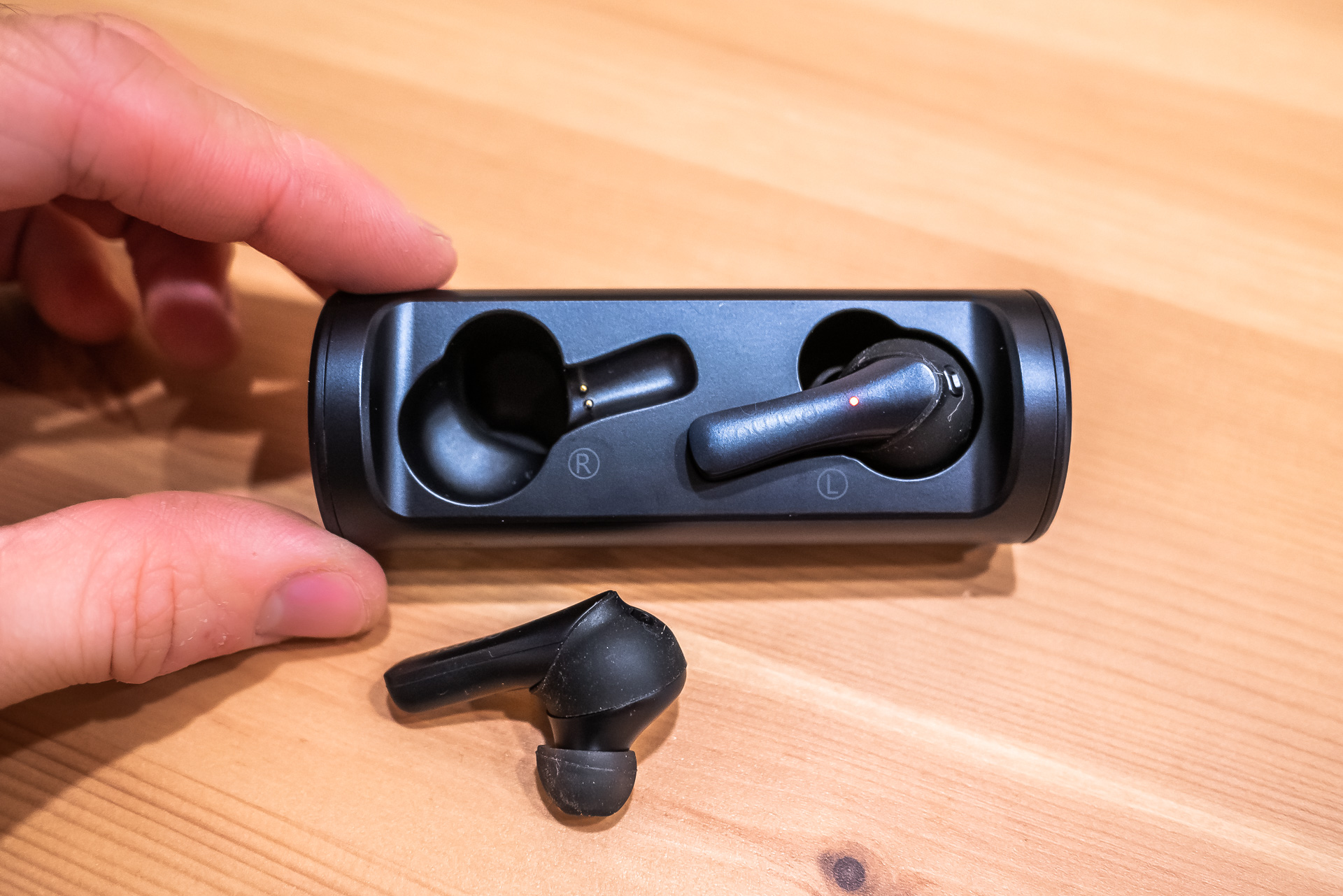
Headphones are held inside by lightweight magnets. They sit tight enough, fall out by themselves. However, I would not wear them without a cover.
Covers
This is one of the features of the model that manufacturers themselves are pushing. The cover case looks like this:
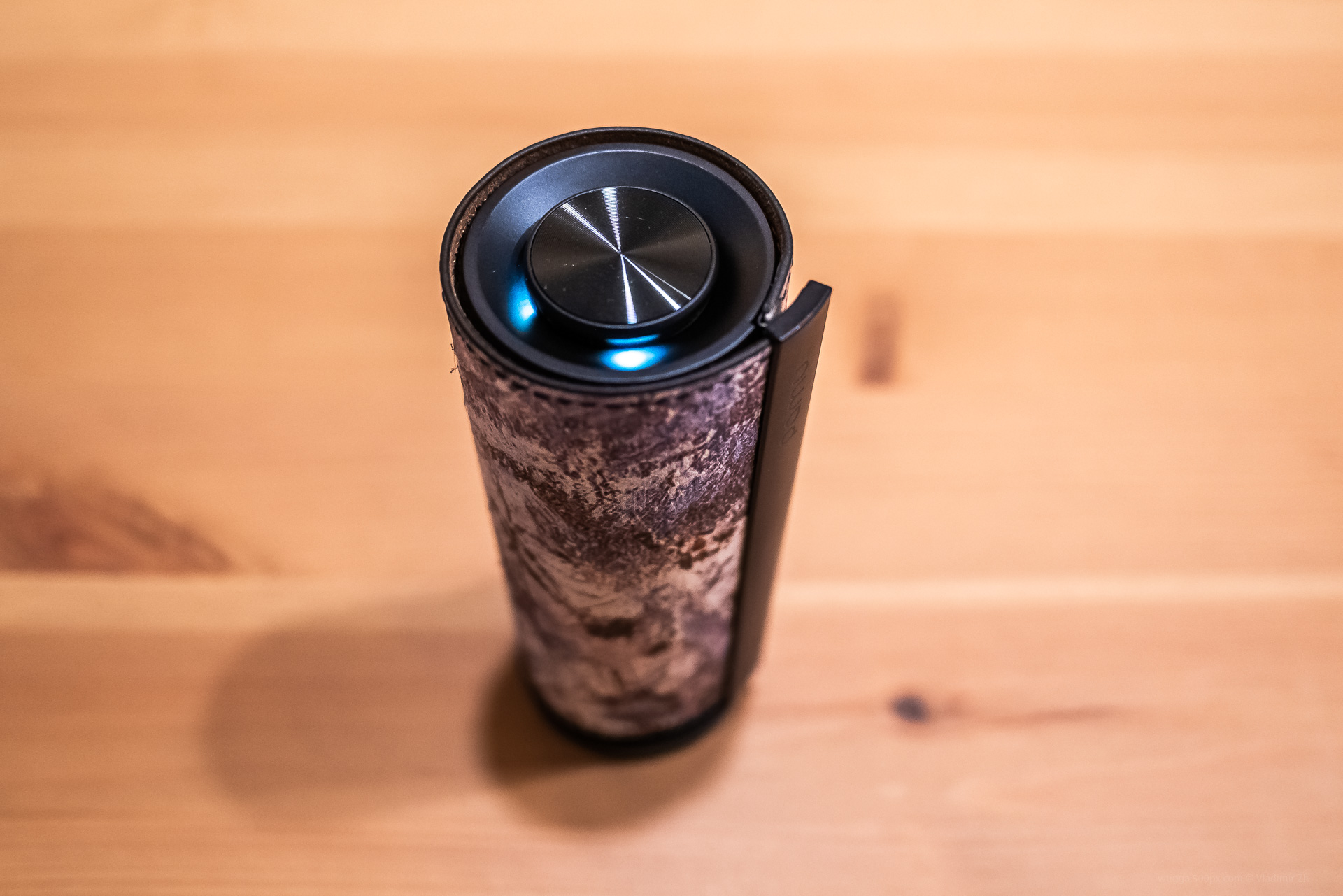
Subjectively, the prints are pretty mediocre. With such a good idea, one could make brighter and bolder covers, or classic ones. Covers are made of real leather, and if they were on the outside in classic leather color, I would be more happy: I would look good with my wallet, for example.
Headphones
Elongated “plugs” (“vacuum”, as they said in the zero). In the lower part there is a hole for the main microphone, in the upper – for an additional noise reduction microphone. On the inside there are two contacts for charging. On the outer edge there is.
It is interesting that the channel inserted into the ears is not round, but oval in cross section. The channel is protected by a metal mesh.
Functionality
Connection
There is no mating button on the case. If you get them out of the case, they try to connect to a familiar device, but at the same time broadcast themselves as an affordable device for pairing.
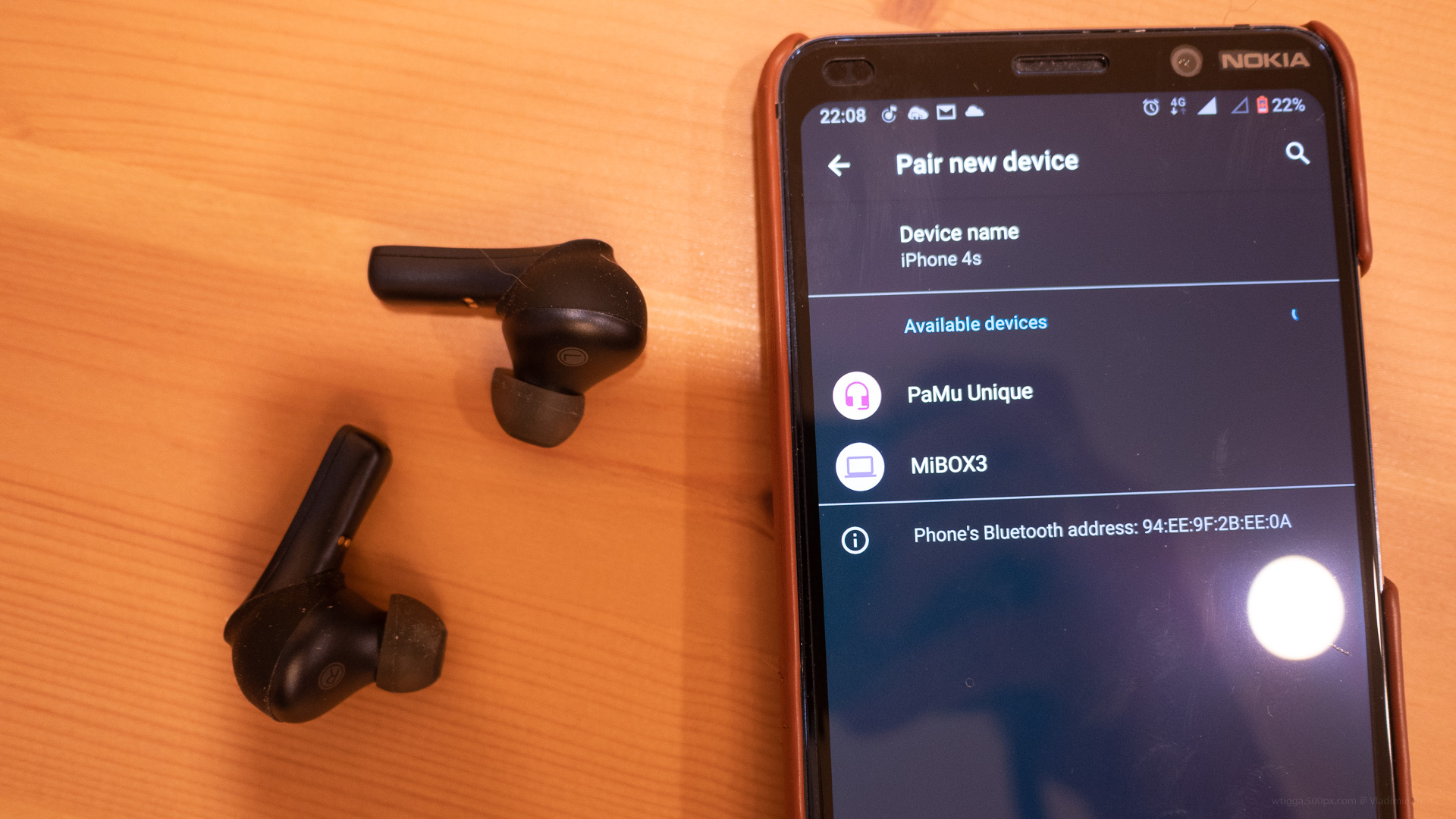
It is interesting that in the search and during synchronization both earphones are displayed as a single device, unlike the same TWS200 , where each device was visible separately.
When turned on, the headphones accompany the process with a voice in English (“Power on”, “Pairing”, “Connected”).
Control
On the one hand, management in this model is much richer than in TWS200 . Judge for yourself:
Left earphone
- Single tap – play / pause / receive a call
- Double tap – next track
- Long tap – turn up the volume
Right earphone
- Single tap – call reset
- Double tap – previous track
- Long tap – volume down
Now you do not need to climb over the phone to turn up the volume. Very cool.
On the other hand, the PaMu Unique earphone responds specifically to touching the skin of a finger, and not to vibration. Gloved control does not work. From personal experience, such control is very convenient when working at a computer or while charging, i.e. when the hands are clean and can reach the ear, and completely uncomfortable when digging the beds in the country, when on the hands of household gloves.
Microphone
Here, too, there is the removal of noise when transmitting your voice, a branded chip of the QCC3020 chip called Qualcomm CvC. I used headphones for a week for conference calls, no complaints.
Autonomy
Stated 10 hours on a single charge. I was not able to conduct the test normally, because I couldn’t walk in the headphones for 10 hours in a row without putting the case in. But, most likely, the statement is plausible: during the 4-hour call, they were discharged by only 40%. In just a week, I fully charged the case only once.
Sound
After dry AirPods or Edifier, it seemed to me that the sound was somewhat mumbling. But once they were completely put in their ears, and turned on All Revved Up With No Place To Go , the world around was faded into the background. Here they are, pleasant bubbling basses and clear voices of performers! External sounds are completely cut off, you can concentrate on work well. It helps during coronavirus work from home.
By the way, subjectively it seemed that the stereo felt better in them than in AirPods. Perhaps the point is good isolation of external sounds.
Thanks again to the QCC3020 for the clear sound in Chinese headphones.
Work range
So far, these are the most “long-range” headphones of all that I have ever used. I calmly participated in conference calls, moving around the house – a little more than 10 meters from the computer at a distant point and behind two foam concrete walls. The solid five.


